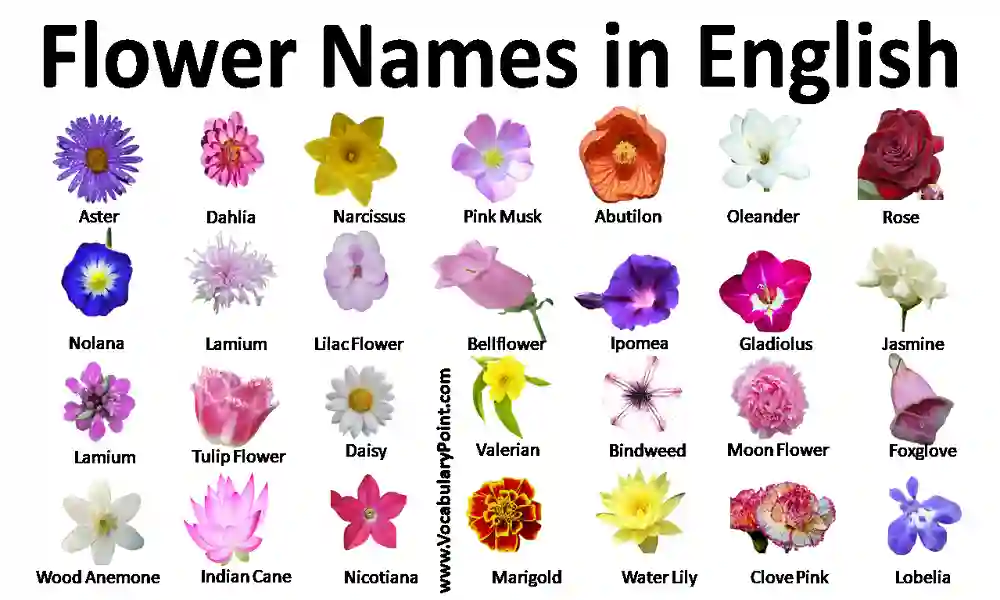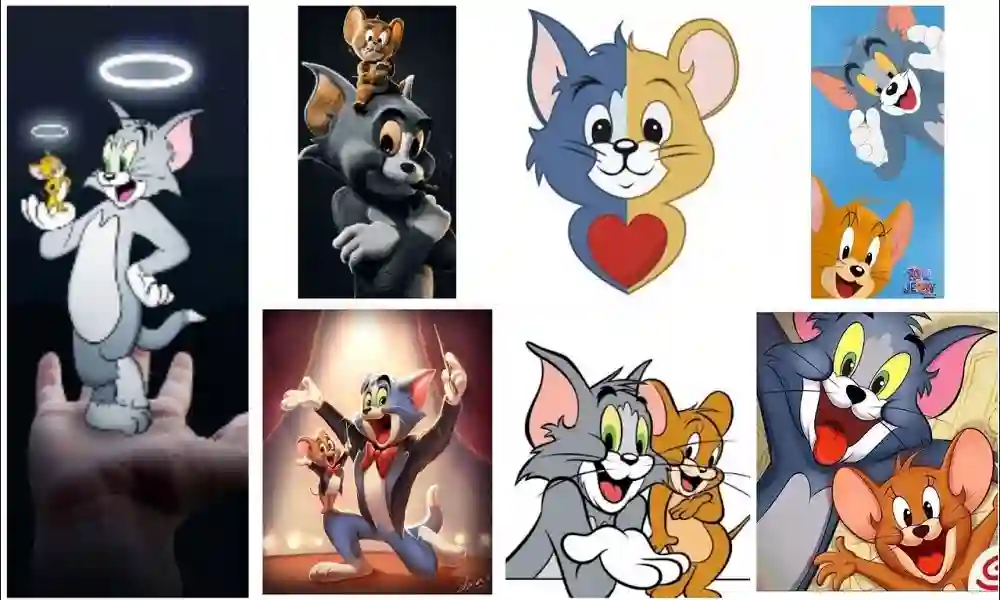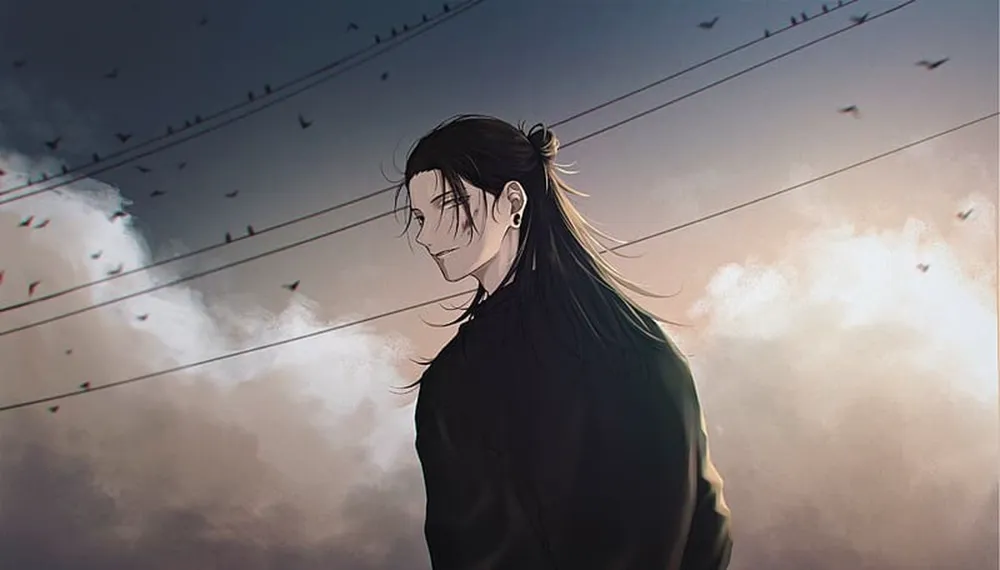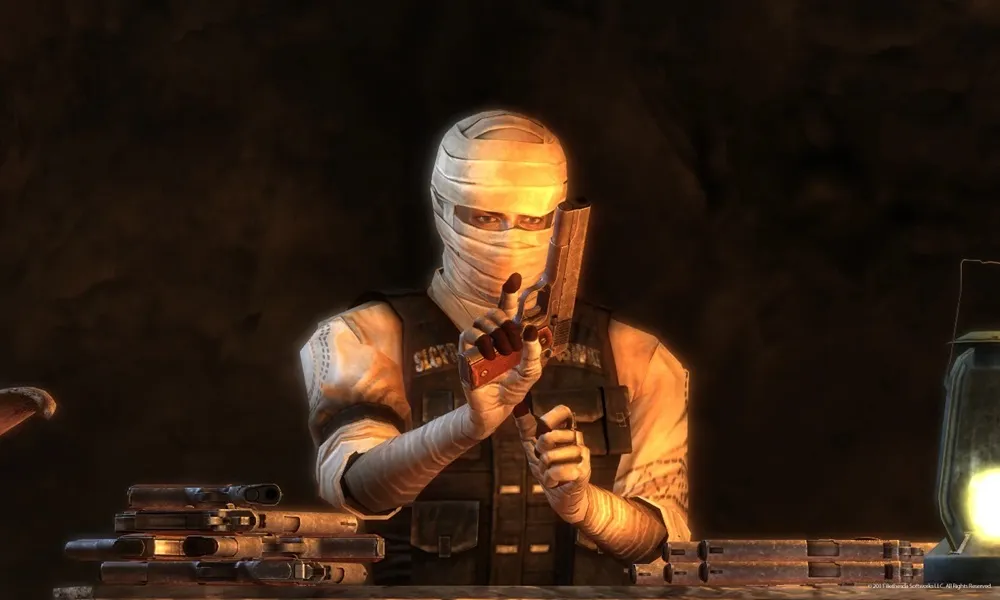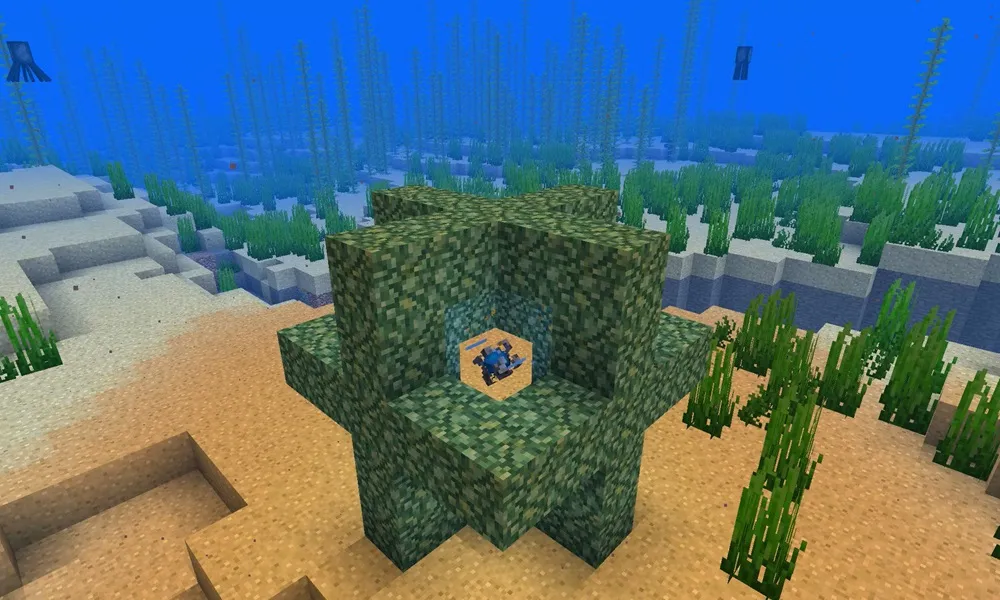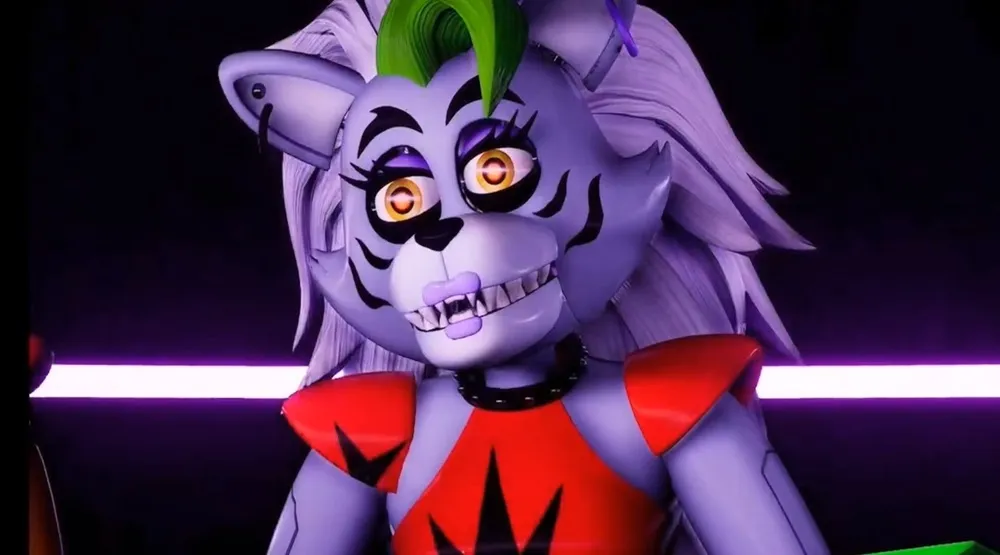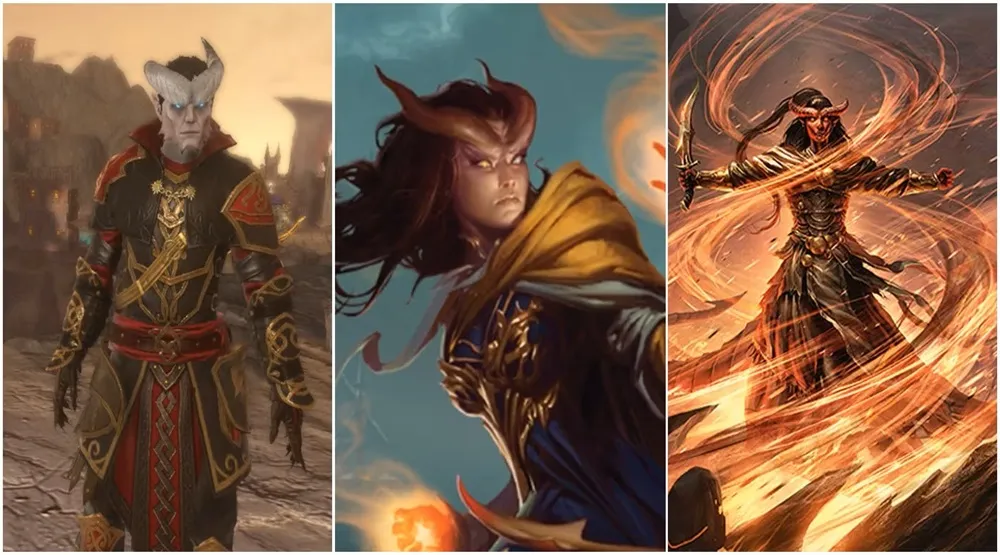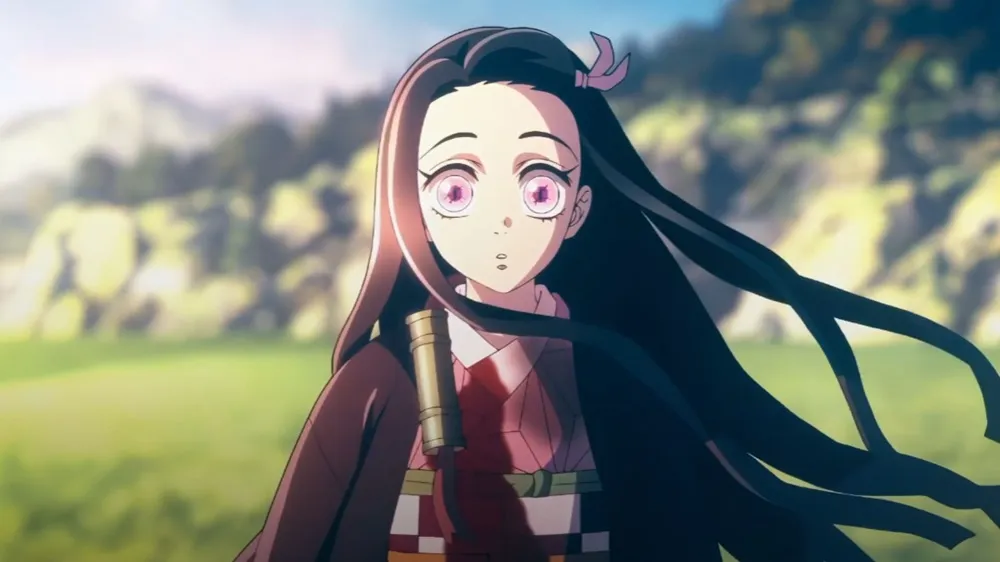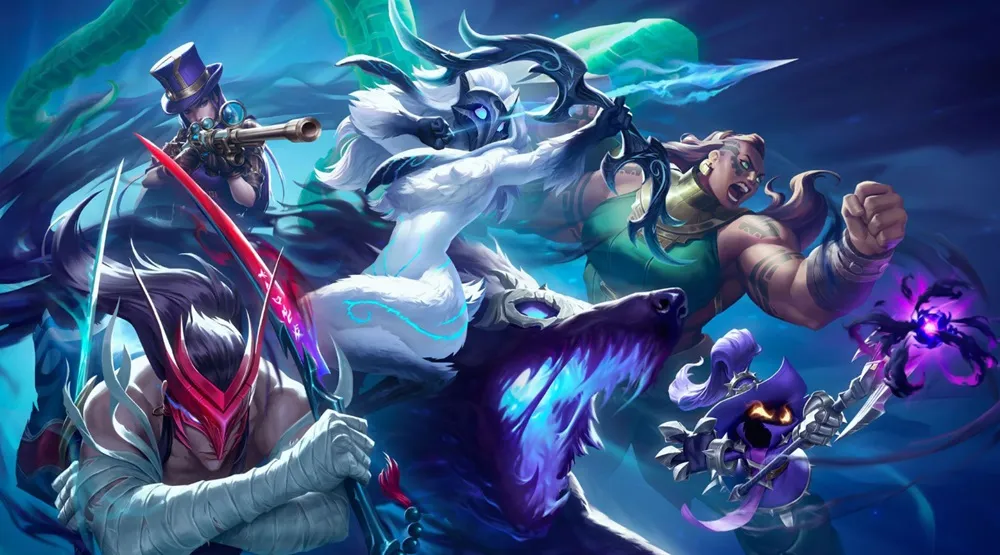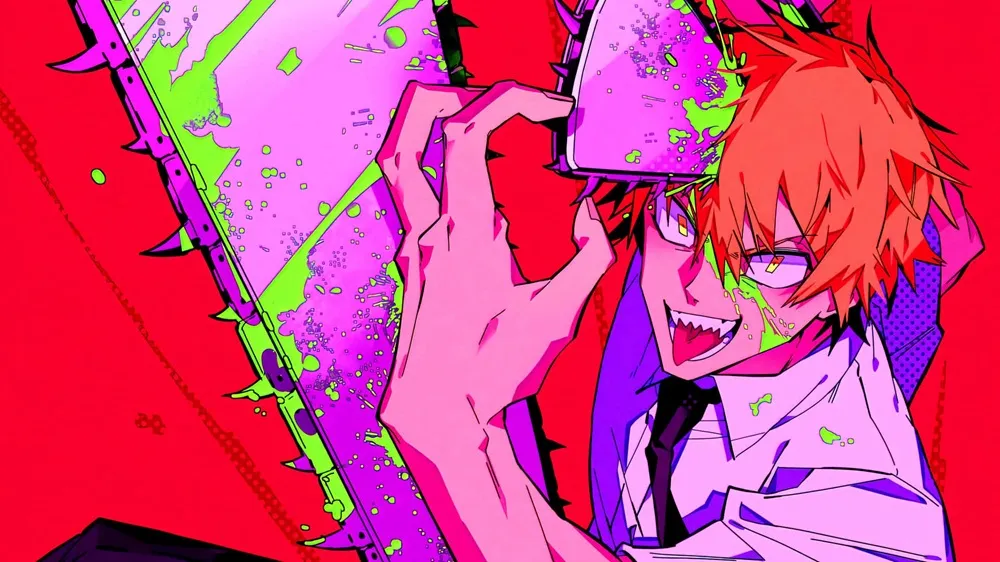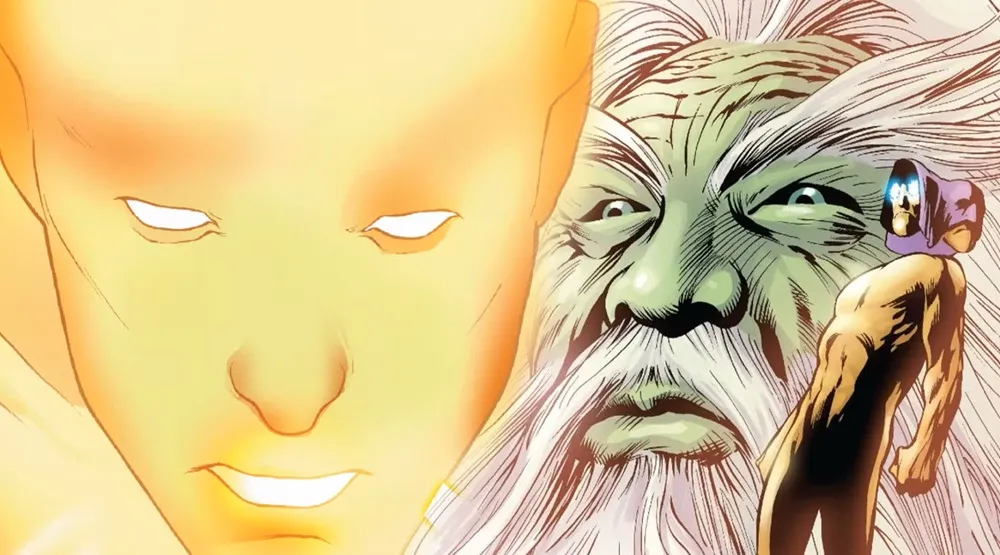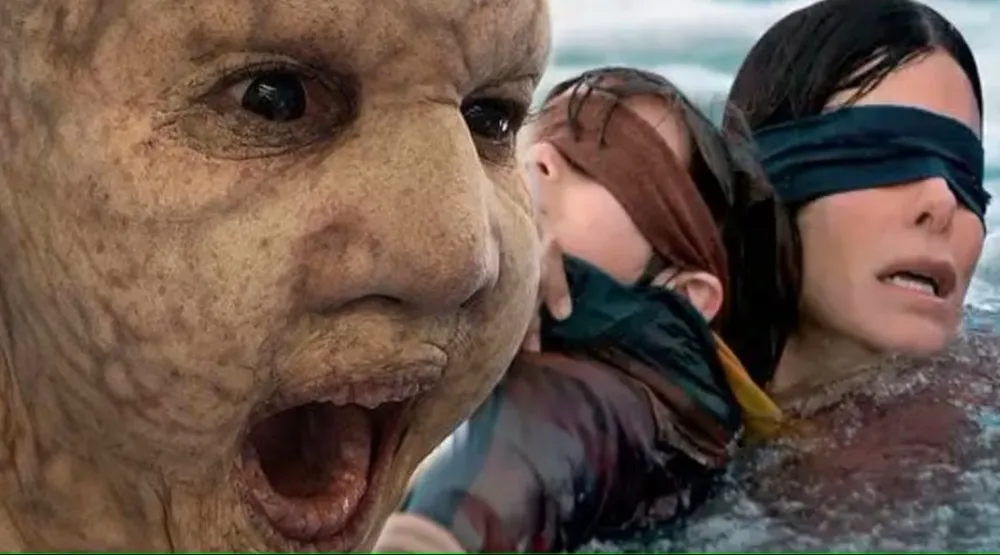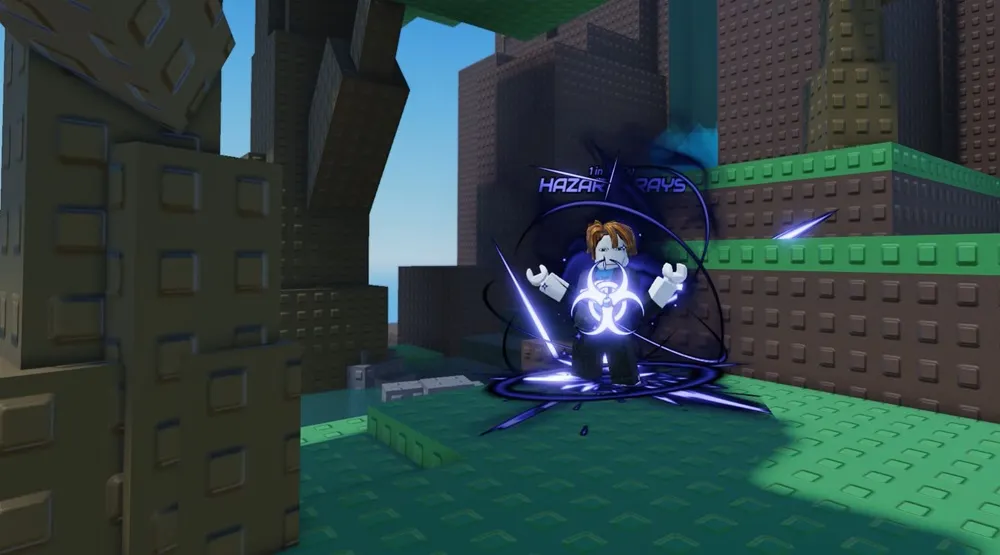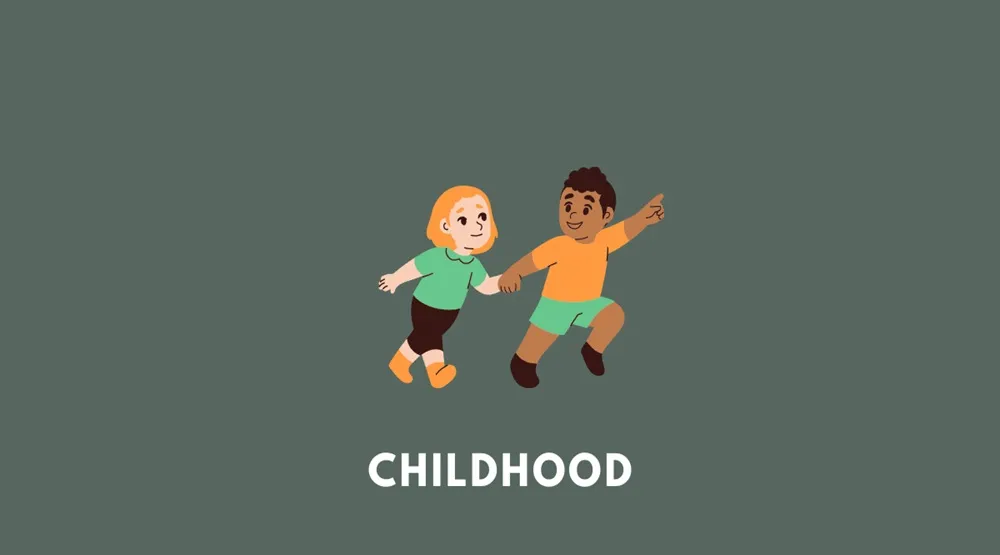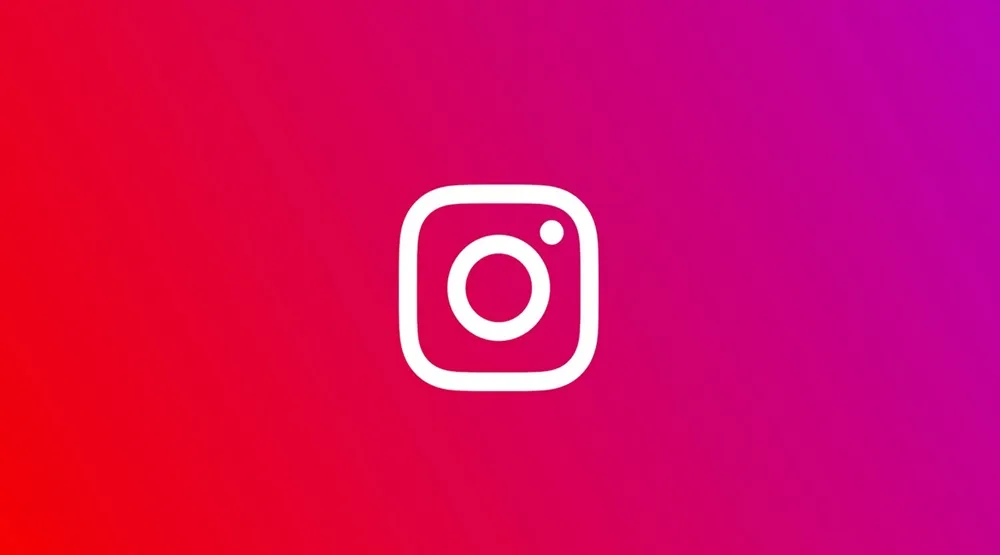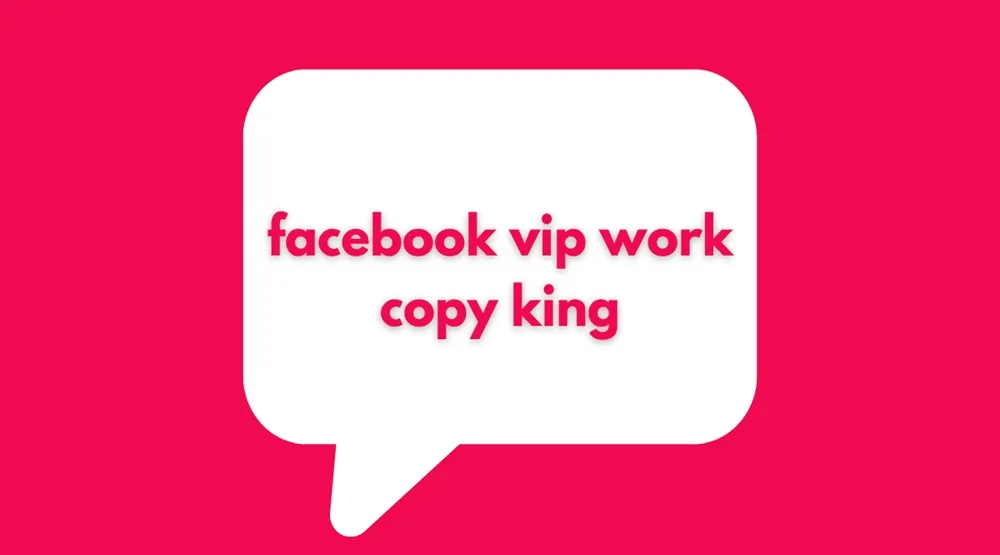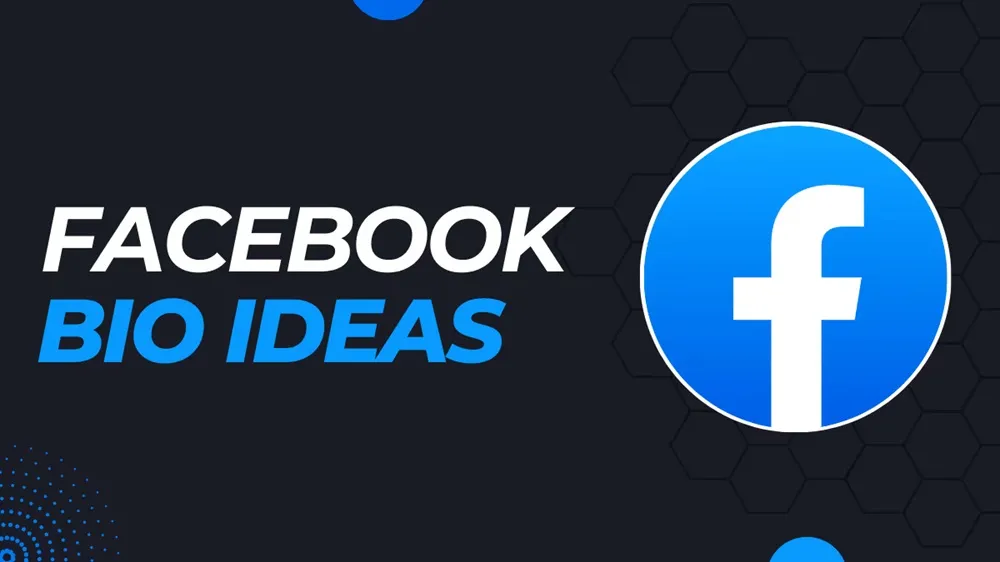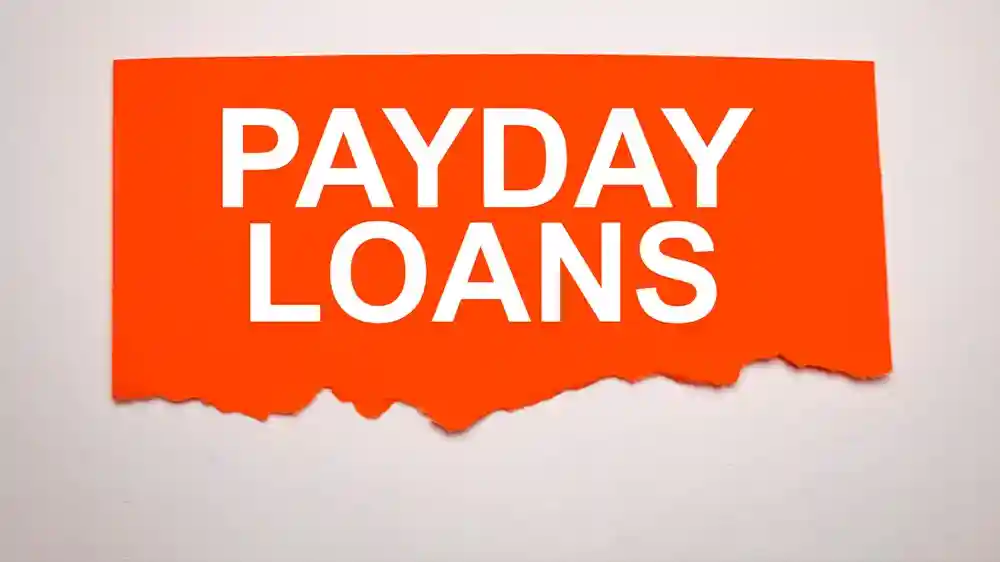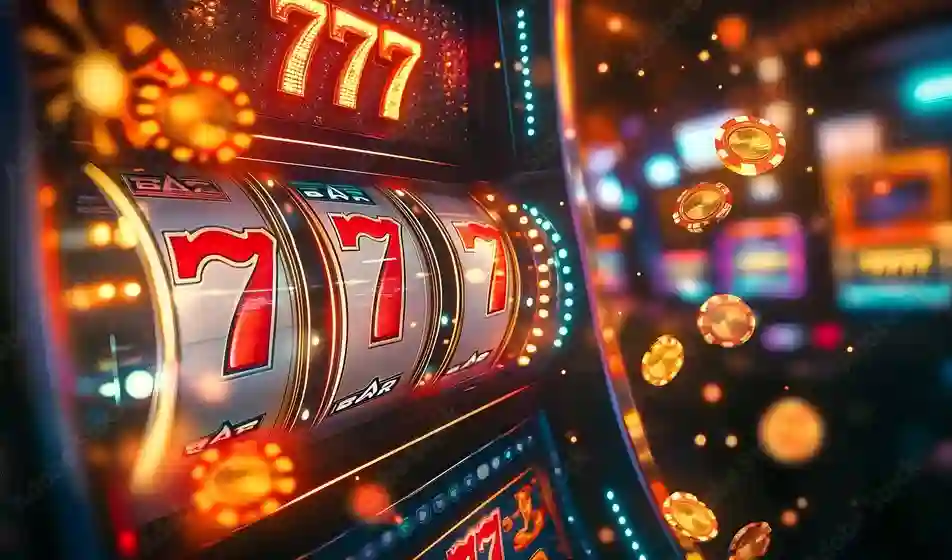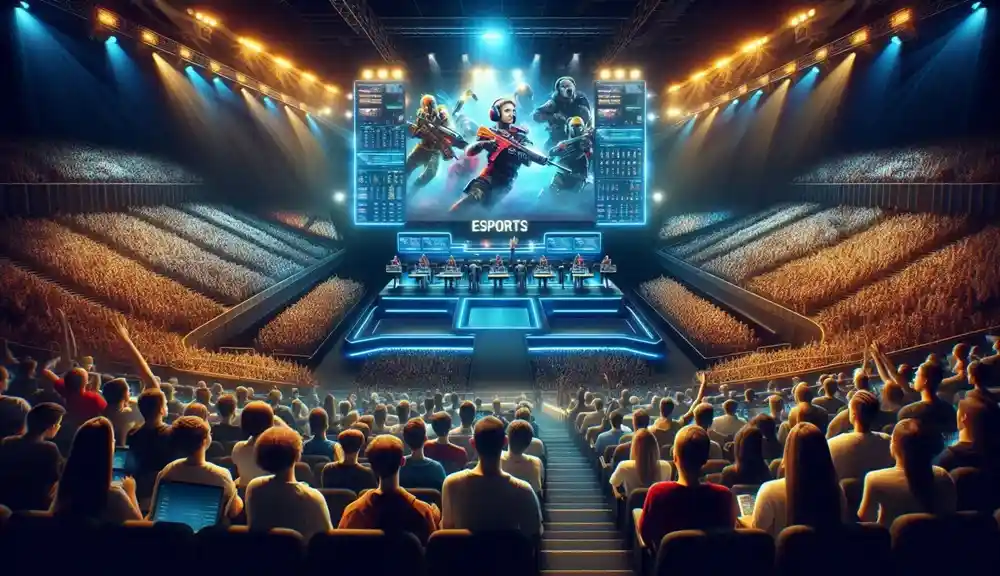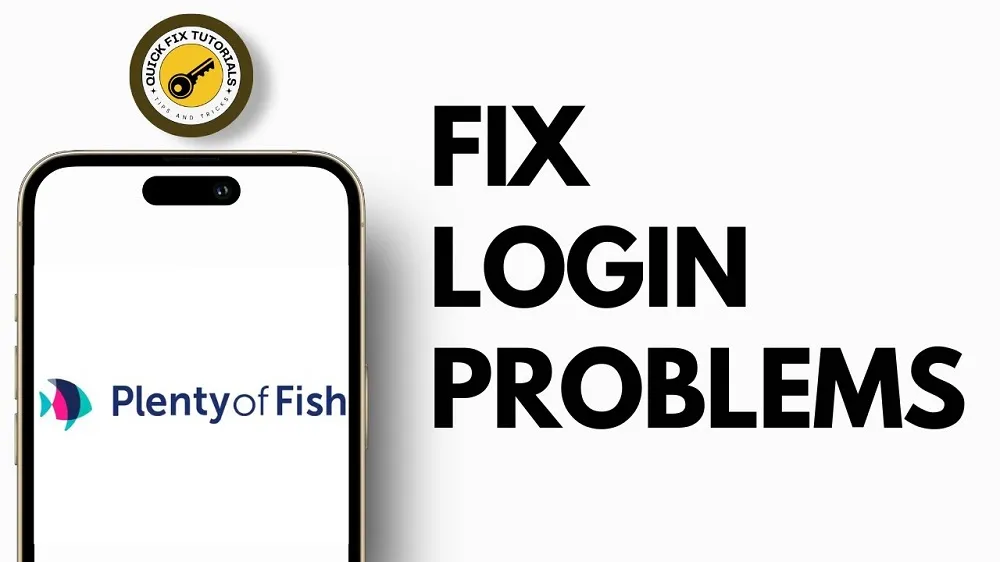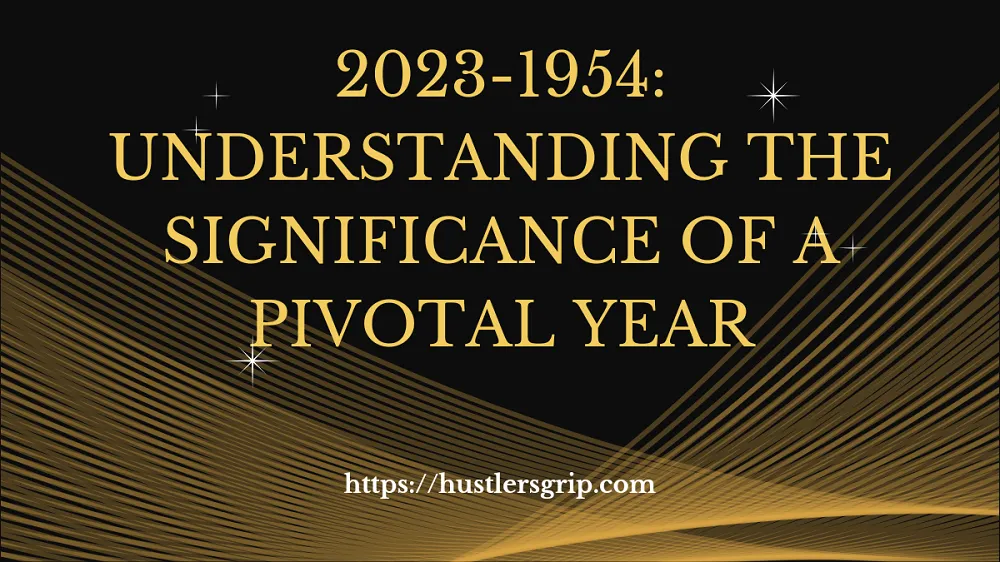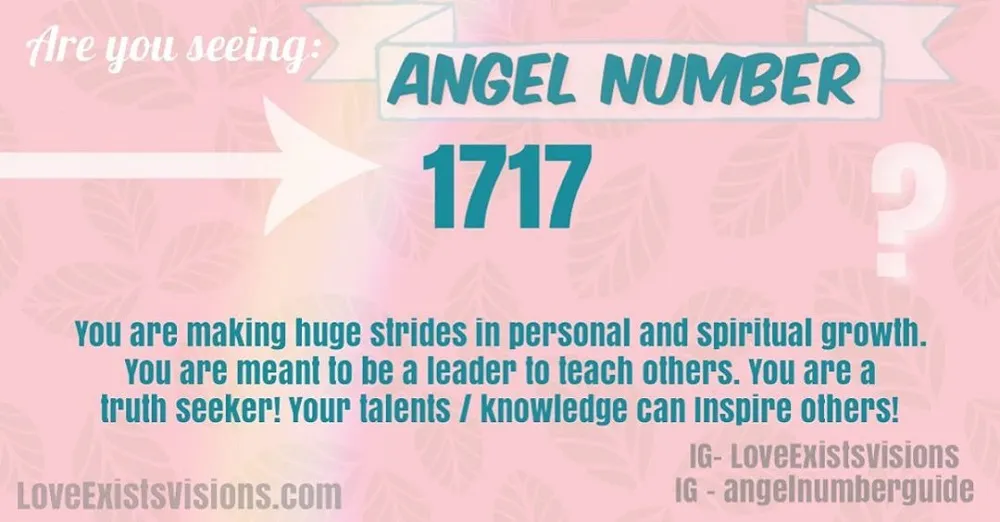Dead Dove Meaning: A Reflection of Digital Media Engagement

Dead dove meaning In the ever-evolving scene of advanced communication, expressions and images frequently take on modern implications, rising above their conventional implications to reflect the complexities of modern-day interaction. One such captivating term is dead dove meaning. Whereas the term may appear confusing at to begin with, it holds significant centrality inside the setting of web culture, advanced media engagement, and the way individuals pass on nuanced feelings, responses, and thoughts. The state Dead Dove has picked up footing on stages such as social media and online gatherings, getting to be a image that typifies both the craziness and the profundity of human engagement in the advanced world. This article digs into the roots, elucidations, and suggestions of the dead dove meaning and how it serves as a reflection of our intuitive in the advanced age.
The Root of the Dead Dove Symbol
The express Dead Dove was popularized on web stages like Reddit, Twitter, and Tumblr, where clients frequently lock in in inventive and wry trades. It begun as a reference to the figure of speech in media and writing where something is displayed or promoted as one thing, but upon closer assessment, it turns out to be something totally different—or distant darker than anticipated. The term to begin with picked up striking footing in online spaces through the express “Dead Dove Do Not Eat,” which was utilized to depict media substance that was intentioned aggravating or subversive. This express risen in the fanfiction and media feedback communities, frequently to caution gatherings of people that the substance, whereas ostensibly taking after something guiltless or engaging (like a “dove,” which customarily symbolizes peace and immaculateness), is really distant more aggravating or ethically complex. Hence, the state served as a caution, signaling that the substance might be stunning or challenging, and groups of onlookers ought to approach it with caution. In the case of fanfiction, “Dead Dove Do Not Eat” was regularly labeled to works that were disputable or investigated dim themes—such as unthinkable connections, viciousness, or ethically vague characters. For illustration, a fanfiction piece including a cherished anecdotal character locks in in deceptive behavior might come with a Dead Dove caution, proposing that perusers ought to not lock in if they were not arranged for the exasperating nature of the content.The Dead Dove Meaning in Advanced Advanced Spaces
As the concept of the Dead Dove developed more far reaching, it risen above its unique setting in media notices and started to take on a broader meaning inside the computerized world. It got to be a representation for thwarted expectation, or indeed for realizing that something is not what it at first showed up to be—especially in online intelligent, where one’s desires can frequently clash with reality. In the broader setting of computerized media, “dead dove meaning” has come to symbolize the thought of experiencing unforeseen or repulsive truths, much like a client opening a allegorical bundle that contains an awkward or disorienting shock. This adjusts with the overpowering nature of advanced culture, where people regularly experience data, patterns, or conclusions that challenge their biases, whether they are related to social issues, legislative issues, or excitement. The Dead Dove serves as a sort of computerized caution sign—a update that one ought to be watchful of locks in with certain substance, as it may challenge one’s values or enthusiastic comfort.The Mental Suggestions of the Dead Dove Phenomenon
At the center of the “dead dove meaning” is the mental impact of cacophony and astonish. When individuals experience advanced media, they frequently anticipate a particular result based on the title, thumbnail, or setting of what they are locks in with. Be that as it may, as is frequently the case with computerized substance, there are occasions where these desires are turned upside down, taking off the client feeling befuddled or unsettled. The mental marvel at play here is cognitive discord, which happens when an individual’s convictions or desires clash with the reality they experience. In the case of the “Dead Dove,” clients are regularly stood up to with substance that does not meet their expectations—eliciting an enthusiastic reaction that ranges from stun and distress to interest and fascination. This clash between desire and reality plays a basic part in online engagement, where individuals effectively look for substance that adjusts with their interface and values. The Dead Dove gets to be a reflection of how advanced spaces are frequently filled with conflicting substance, and it highlights the pressure between what clients need to see and what they are really uncovered to. This inconsistency sparkles engagement in a way that cultivates both disarray and engagement. Individuals tend to talk about, evaluate, and talk about substance that challenges them in unforeseen ways. For illustration, a viral video that guarantees to be clever but takes a dull turn might be labeled with the Dead Dove image, starting discussions around its nature and purpose.Dead Dove as a Representation of Computerized Irony
One of the key components of “dead dove meaning” in advanced culture is its association to incongruity. The state itself is intrinsically ironic—it employments a image of peace (the dove) to speak to something that is dead, opposing the desires related with both the dove and the concept of peace. This sort of incongruity is commonly found in the meme culture and wry engagement that rules stages like Twitter, TikTok, and Reddit. Digital media is full of incongruity, with clients frequently making and expending substance that is intentioned conflicting or foolish. Memes, in specific, have gotten to be a vessel for this kind of unexpected expression, as they frequently display overstated or out-of-context circumstances that are both amusing and unsettling. The Dead Dove caution, with its unexpected turn, fits consistently into this culture, serving as a allegory for the unexpected nature of online content. This incongruity is a device for engagement, empowering clients to see past the surface level of advanced media. When a video, post, or article is labeled as a “Dead Dove,” watchers are welcomed to address its genuine nature—why is it being displayed in this way, and what is the maker attempting to pass on? The Dead Dove in this way gets to be a image of skepticism, encouraging clients to basically survey what they experience in advanced spaces.The Part of Advanced Media Stages in Forming Meaning
Digital stages themselves play a essential part in forming the way expressions like “dead dove meaning” come to realization. Social media stages have changed the way individuals communicate, regularly prioritizing speed and brevity over profundity and clarity. In this fast-paced advanced environment, the meaning behind a state or image can advance quickly, as clients lock in in discoursed that are educated by shared social references, memes, and trends. The Dead Dove marvel is a prime illustration of how online spaces make unused implications and rethink existing images. Through the collective cooperation of clients who lock in with the term, whether by sharing it in memes, dialogs, or media studies, the express has taken on layers of complexity. The meaning of Dead Dove cannot be caught on in isolation—it is formed by the intuitive, conclusions, and responses of the individuals who lock in with it. It reflects the collaborative and energetic nature of online culture, where implications are liquid and continually in flux. Moreover, computerized stages energize the creation and dispersal of substance that adjusts with specialty communities. As such, the Dead Dove caution frequently shows up in spaces where individuals examine unthinkable themes, disputable media, or the darker side of amusement. These stages cultivate a culture of shared understanding and insider information, where expressions like Dead Dove are utilized as shorthand to communicate complex thoughts or shared encounters. As a result, the “dead dove meaning” is frequently layered with subtext, making a kind of mystery dialect for those in the know.The Future of the Dead Dove Image in Advanced Engagement
As advanced media proceeds to advance, it is likely that the “dead dove meaning” will proceed to transform and adjust. Fair as the image begun in one particular community and continuously extended to broader computerized spaces, it will likely proceed to take on modern translations as it spreads over distinctive stages and settings. It may gotten to be more broadly recognized in pop culture, conceivably showing up in motion pictures, TV appears, or notices as a image of incongruity, frustration, or unforeseen content. The Dead Dove too raises questions almost the future of computerized engagement and the part of substance makers. As the computerized scene develops progressively complex, makers may discover themselves utilizing more nuanced and complex images to communicate with their groups of onlookers. Fair as the Dead Dove cautions groups of onlookers of shocking or unsettling substance, other images may develop to reflect the special challenges of locks in with computerized media in a world filled with deception, channel bubbles, and substance overload.In conclusion
The “dead dove meaning” serves as a capable reflection of computerized media engagement. It typifies the complex and regularly unexpected nature of online intuitive, where desires are routinely disturbed, and clients must explore an ever-shifting scene of thoughts, feelings, and substance. As computerized spaces proceed to advance, so as well will the images and implications that rise, advertising unused ways to lock in with and reflect on the advanced involvement. Whether utilized to caution, shock, or delight, the Dead Dove serves as a strong update of the complexities that characterize our relationship with advanced media.Read More latest Posts
- Kolkata FF BKN: Latest Results & Tips for Kolkata Fantasy Fans
- Why Replacing Your Roof Early Saves You Money in the Long Run
- Unlocking Potential: Transforming Underused Land into Livable Space with the Right ADU Contractor
- 5 Signs You’ve Found Reliable Movers for Your Next Relocation
- Choosing the Right Cannabis Product for Day vs. Night Use













